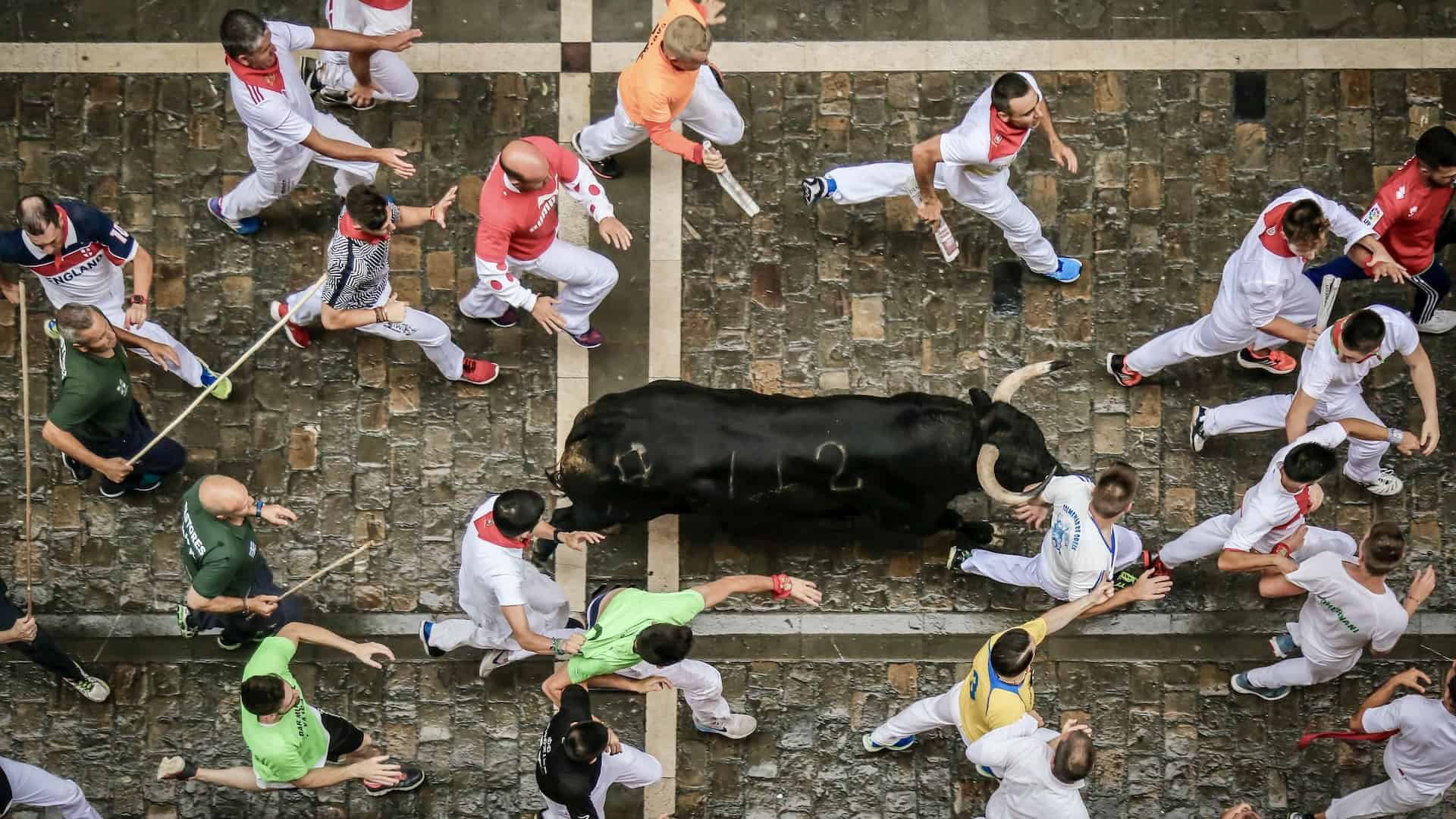
20 Best Festivals to Experience in Spain: A Guide for Travelers
Do you love to travel and experience different cultures? Do you enjoy music, art, food, and fun? If so, then you should definitely visit Spain and join its amazing festivals. Spain is a country that knows how to celebrate life with passion and creativity. Its festivals are colorful, diverse, and unforgettable. Whether you are looking for history, religion, entertainment, or adventure, you will find it in Spain’s festivals. In this article, we will show you 20 of the best festivals to experience in Spain, and why they are worth your time and money.
1. La Tomatina
La Tomatina is a tomato-throwing festival that takes place in Buñol, a small town near Valencia, every August. It is a one-hour event where thousands of people gather in the main square and throw ripe tomatoes at each other. The festival is a chaotic and messy spectacle that leaves the participants and the streets covered in red pulp.
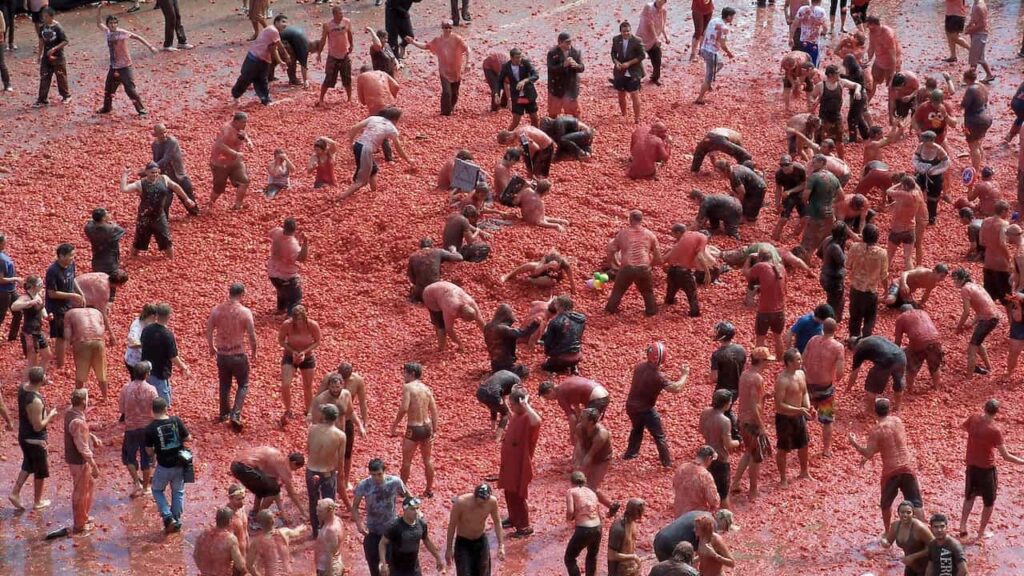
How Did La Tomatina Start?
The origin of La Tomatina is unclear, but there are several theories and legends. One of them says that it started in 1945 when some young people who wanted to join a parade of giants and big heads threw tomatoes at them as a prank. Another one says that it was a spontaneous revolt against the Franco dictatorship, where people used tomatoes as weapons. Another one says that it was a food fight between friends that got out of hand. Whatever the reason, the tomato-throwing became a tradition that was banned and revived several times until it was officially recognized in 1959.
How to Participate in La Tomatina?
La Tomatina is open to anyone who wants to join. Yet, there are some rules and tips to follow:
- You need to buy a ticket in advance, as the number of participants is limited to 20,000.
- You need to wear old clothes that you don’t mind getting dirty or ruined.
- Goggles or sunglasses are necessary to protect your eyes from the tomato juice.
- You need to squash the tomatoes before throwing them, to avoid hurting anyone.
- You need to stop throwing tomatoes when you hear the second signal. It marks the end of the festival.
- You need to respect the people and the environment, and not throw anything other than tomatoes.
La Tomatina is one of the most fun and crazy festivals to experience in Spain. It allows you to unleash your inner child and have a blast with strangers. It is also a way of enjoying the summer and the local culture of Buñol.
2. San Fermín
San Fermín is a festival that takes place in Pamplona, a city in northern Spain, every July. It is a nine-day event that honors Saint Fermín, the patron saint of Navarre. The festival is famous for its running of the bulls. Yes, hundreds of people run in front of six bulls along an 850-meter course through the old town. The festival also includes other activities such as religious ceremonies, concerts, fireworks, and bullfights.
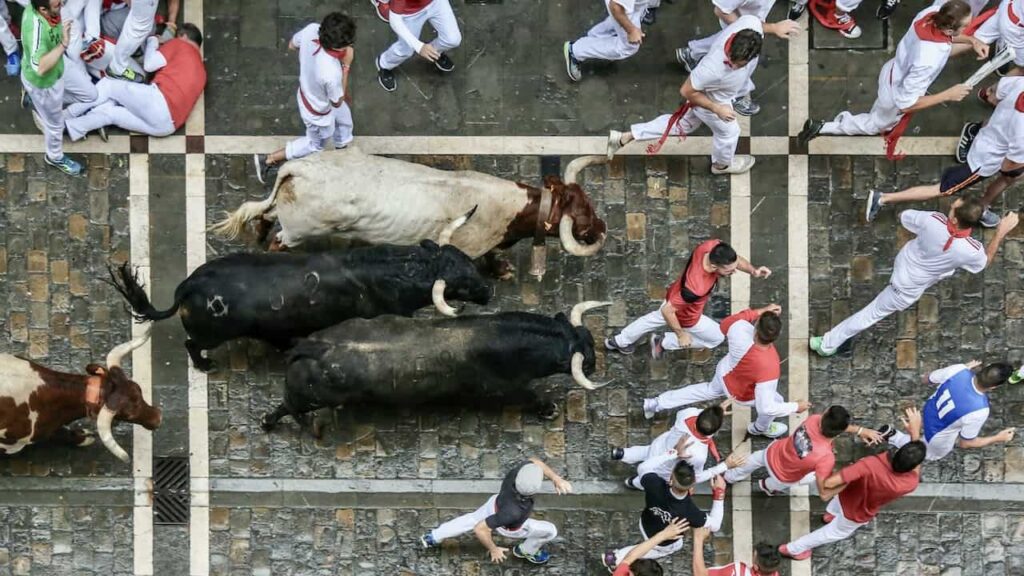
How Did San Fermín Start?
The origin of San Fermín dates back to the 12th century when Saint Fermín was martyred in France for preaching Christianity. His relics were brought back to Pamplona, where he was born, and became an object of veneration. The festival was originally a religious and commercial event that coincided with the cattle fair. The running of the bulls was added in the 14th century, as a way of transporting the bulls from the countryside to the bullring. The festival gained international fame in the 20th century, thanks to Ernest Hemingway’s novel The Sun Also Rises. The novel depicted the festival as a symbol of adventure and freedom.
How to Participate in San Fermín?
San Fermín is open to anyone who wants to join, but there are some rules and tips to follow:
- If you want to run with the bulls, you need to be over 18 years old, sober, and dressed in white with a red scarf or sash.
- You need to be aware of the risks and dangers involved in running with the bulls. Indeed, there have been many injuries and deaths over the years.
- You need to follow the instructions and signals of the authorities and organizers and respect the other runners and spectators.
- You need to avoid touching or harassing the bulls. They are wild animals that can react unpredictably.
- You should enjoy the rest of the festival activities. For example, watching the bullfights, dancing in the streets, or visiting the cathedral.
San Fermín is one of the most thrilling and exciting festivals to experience in Spain. It challenges you to face your fears and test your limits. It is also a way of celebrating life and friendship with people from all over the world.
3. Las Fallas de Valencia
Las Fallas de Valencia is a fire festival that takes place in Valencia every March. It is a five-day event where people build giant sculptures called fallas, which are usually satirical or humorous representations of current events or personalities. On the last night, people will burn the fallas in spectacular bonfires, accompanied by fireworks and music.
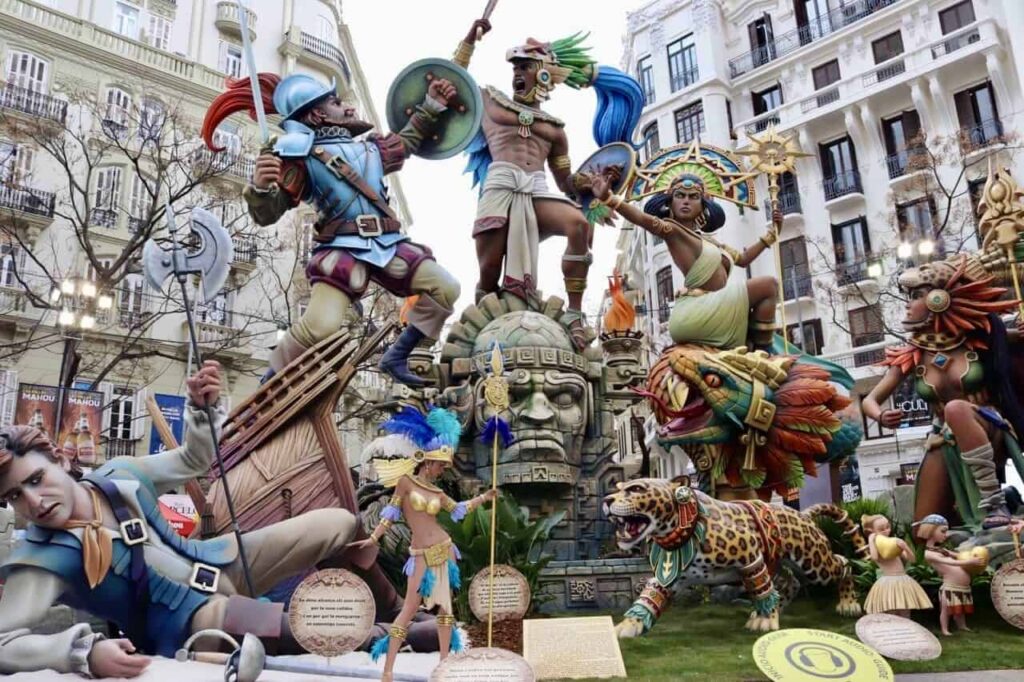
How Did Las Fallas de Valencia Start?
The origin of Las Fallas de Valencia dates back to the Middle Ages when carpenters used to burn their wooden tools and leftovers in bonfires to celebrate the arrival of spring and the end of winter. The bonfires were also a way of honoring Saint Joseph, the patron saint of carpenters. The bonfires gradually evolved into artistic and creative sculptures that were decorated with paintings and accessories.
How to Participate in Las Fallas de Valencia?
Las Fallas de Valencia is open to anyone who wants to join, but there are some rules and tips to follow:
- You should visit or join a falla committee, which is an association or group that builds and displays a falla in a specific location. The falla committees have their own rules, symbols, colors, and costumes. They also organize different activities and events during the festival, such as parties, contests, or exhibitions.
- You need to admire and appreciate the beauty and diversity of the fallas, which reflect the personality and taste of their creators. Additionally, you can learn more about the social and political commentary that they express through their sculptures.
- You need to watch or join the mascletàs. It’s loud and rhythmic firework displays that take place every day at 2 p.m. in different squares or streets. The mascletàs are a way of creating noise and excitement for the festival.
- You need to enjoy the cremà, which is the burning of the fallas on the last night of the festival. The cremà starts with a firework show called castillo (castle), followed by the ignition of each falla one by one. The cremà ends with the burning of the main falla in the Plaza del Ayuntamiento (City Hall Square).
Las Fallas de Valencia is one of the most spectacular and unique festivals to experience in Spain, as it combines art, fire, and social commentary. It is also a way of celebrating the culture and identity of Valencia.
4. La Feria de Abril
La Feria de Abril is a spring fair that takes place in Seville, a city in southern Spain, every April or May. It is a week-long event that celebrates the culture and traditions of Andalusia, the region where Seville is located. The fair is a colorful and lively spectacle where people enjoy music, dancing, food, and wine in tents called casetas. The fair also includes other activities such as horse riding, bullfighting, and amusement rides.
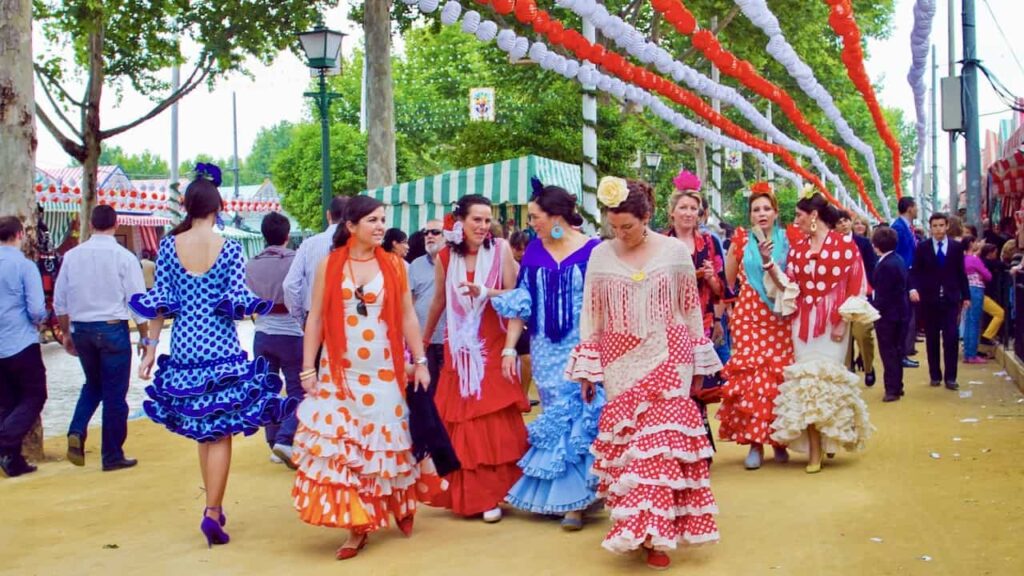
How Did La Feria de Abril Start?
The origin of La Feria de Abril dates back to 1847 when two businessmen from Seville decided to organize a cattle market on the outskirts of the city. The market was a success and attracted many people from the countryside who came to buy and sell livestock. In addition, the market became a social event where people mingled and entertained themselves with music and dancing. The market gradually evolved into a fair that moved to its current location in 1973. Now, the fair is one of the most important and popular events in Seville and Andalusia.
How to Participate in La Feria de Abril?
La Feria de Abril is open to anyone who wants to join, but there are some rules and tips to follow:
- You need to dress up in traditional Andalusian costumes. To illustrate, flamenco dresses for women and short jackets and hats for men.
- You need to visit the casetas, which are private or public tents where people gather to eat, drink, and dance. The casetas are decorated with lanterns, flags, and flowers, and offer different types of music and food. The public casetas are free and open to everyone, while the private casetas are reserved for members or guests.
- You should try the typical food and drinks of the fair. For example, pescaíto frito (fried fish), jamón ibérico (cured ham), tortilla de patatas (potato omelet), rebujito (a mix of sherry wine and soda), and manzanilla (a dry white wine).
- You need to watch or join the sevillanas, which are a type of folk dance that originated in Seville. The sevillanas are performed by couples who move gracefully and rhythmically to the sound of guitars and castanets. The sevillanas have four parts or coplas, each with its own steps and movements.
- You should enjoy the other attractions of the fair. To elaborate, the paseo de caballos (horse parade), the corrida de toros (bullfight), or the calle del infierno (hell street), which is an area with amusement rides and games.
La Feria de Abril is one of the most festive and charming festivals to experience in Spain. It showcases the beauty and joy of Andalusia. It is also a way of immersing yourself in the local culture and lifestyle of Seville.
5. San Isidro
San Isidro is a festival that takes place in Madrid, the capital of Spain, every May. It is a five-day event that honors Saint Isidore, the patron saint of Madrid and of farmers. The festival is a mix of religious and secular activities that include processions, concerts, dances, bullfights, and street parties. The festival is a symbol of Madrid’s identity and pride.
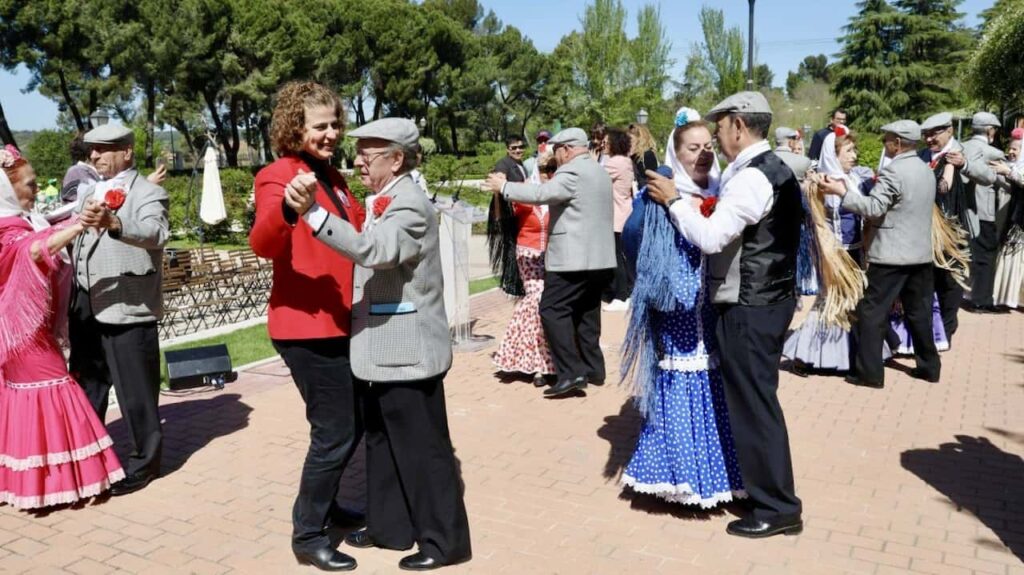
How Did San Isidro Start?
The origin of San Isidro dates back to the 12th century when Saint Isidore was born in Madrid. He was a humble farmer who worked hard and devoted himself to God. He was well-known for his miracles and kindness towards people and animals. Later, he died in 1130 and was canonized in 1622. His relics are kept in a chapel in Madrid, where people go to pray and ask for favors. The festival was established in 1760 by King Charles III, who wanted to promote Madrid’s culture and economy.
How to Participate in San Isidro?
San Isidro is open to anyone who wants to join, but there are some rules and tips to follow:
- You need to dress up in traditional Madrid costumes, such as chulapo or chulapa for men and women respectively. These costumes consist of black or gray suits with vests, hats, and carnations for men, and polka dot dresses with shawls, headscarves, and fans for women.
- You need to visit the Pradera de San Isidro, which is a park where the main festivities take place. There you can see the procession of Saint Isidore and his wife, Saint Maria de la Cabeza, who are carried by devotees in elaborate carriages. You can also drink water from the fountain of Saint Isidore, which is said to have healing properties.
- You should try the typical food and drinks of the festival. For example, rosquillas (ring-shaped pastries), barquillos (thin wafers), limonada (a mix of wine, lemon, sugar, and fruit), and chocolate con churros (hot chocolate with fried dough sticks).
- You should watch or join the chotis. It is a type of dance that originated in Bohemia and became popular in Madrid. The chotis is performed by couples who stand close together and rotate on the spot to the sound of an organ or accordion. The chotis is considered the emblematic dance of Madrid.
- You should enjoy the other attractions of the festival. For instance, the feria de toros (bullfighting fair), the conciertos (concerts), the zarzuela (a type of musical theater), or the verbena (street party).
San Isidro is one of the most authentic and lively festivals to experience in Spain, as it reflects the history and spirit of Madrid. It is also a way of having fun and meeting new people in the city.
6. La Noche de San Juan
La Noche de San Juan is a midsummer night festival that takes place in Spain every June. It is a night of magic and fire, where people celebrate the summer solstice and welcome the new season. The festival involves lighting bonfires, jumping over them, making wishes, and bathing in the sea or rivers. Also, the festival is associated with various legends and rituals, such as finding a lover, warding off evil spirits, or cleansing sins.
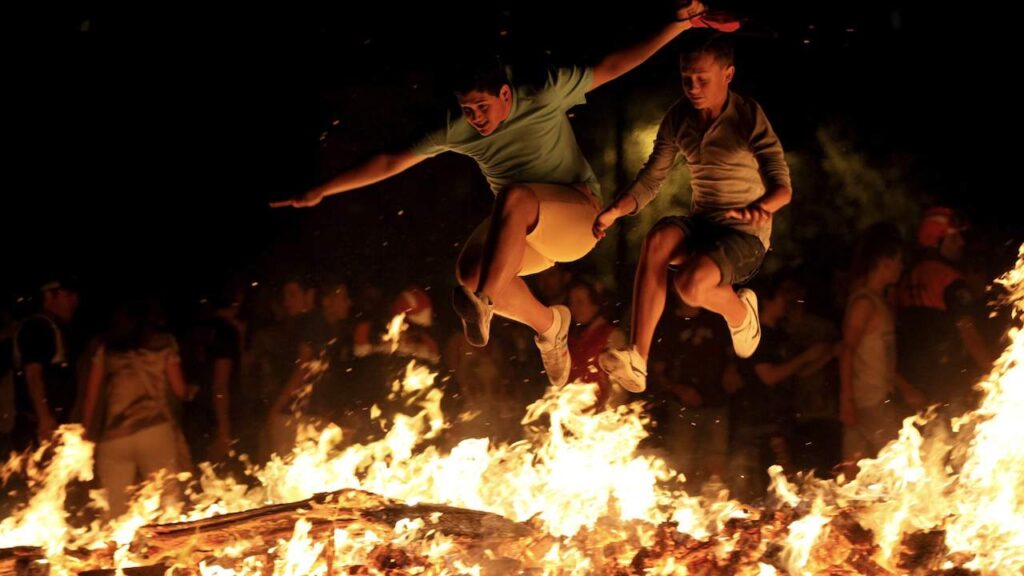
How Did La Noche de San Juan Start?
The origin of La Noche de San Juan is rooted in ancient pagan traditions that worshiped the sun and the fire as sources of life and energy. The festival was later Christianized and linked to the birth of Saint John the Baptist, who was born six months before Jesus Christ. The festival was also influenced by other cultures and religions, such as Celtic, Roman, or Arabic, that celebrated similar events around the same date.
How to Participate in La Noche de San Juan?
La Noche de San Juan is open to anyone who wants to join. Yet, there are some rules and tips to follow:
- You need to prepare your own bonfire or join an existing one. You can use wood, paper, cardboard, or any other flammable material. Besides that, you can decorate your bonfire with flowers, candles, or symbols.
- You need to light your bonfire at midnight or when you see the first star in the sky. Also, you can make a toast or say a prayer before lighting it.
- You need to jump over your bonfire three times or nine times, depending on the region. This is supposed to bring you good luck, health, and love. You can also throw something into the fire that represents something you want to get rid of or change in your life.
- You need to make a wish or ask for a favor to Saint John or to the fire. Additionally, you can write your wish on a piece of paper and burn it in the fire.
- You need to bathe in the sea or a river at least once during the night. This is supposed to purify your body and soul, and protect you from evil. You can also collect some water or sand from the beach or river and keep it as a talisman.
La Noche de San Juan is one of the most magical and mystical festivals to experience in Spain, as it connects you with nature and yourself. It is also a way of celebrating the arrival of summer and enjoying the night with friends and family.
Carnaval is a festive season that takes place before Lent in Spain. It is a time of joy and fun where people dress up in costumes and masks and participate in various activities such as parades, dances, contests, and parties. Carnaval is celebrated in different ways across Spain. On top of that, some of the most famous and colorful ones are in Tenerife, Cadiz, and Sitges.
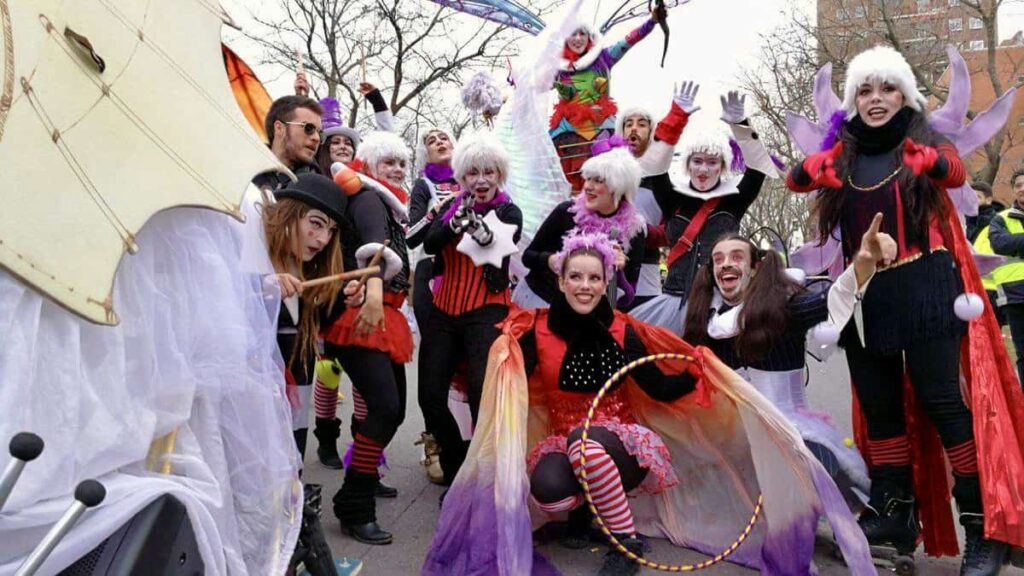
How Did Carnaval Start?
The origin of Carnaval is rooted in ancient pagan rituals that celebrated the arrival of spring and the end of winter. The festival was later adapted by Christianity as a way of indulging in pleasures before the fasting and penance of Lent. The festival is characterized by a spirit of freedom and mockery, where social norms and rules are temporarily suspended or inverted.
How to Participate in Carnaval?
Carnaval is open to anyone who wants to join, but there are some rules and tips to follow:
- You need to dress up in a costume that matches your mood or personality. Also, you can wear a mask or makeup to hide your identity or transform yourself. You can make your own costume or buy it from shops or online.
- You should join or watch the parades that feature floats and groups with different themes or messages. The parades are a colorful and lively spectacle where people show off their costumes and creativity. The parades also include music, dancing, confetti, and candies.
- You should enjoy the parties that take place in different venues or streets during the night. The parties are a fun and wild spectacle where people dance, drink, sing, flirt, or play games with others. The parties also include contests or shows that reward the best costumes or performances.
- You need to enjoy the other attractions of Carnaval, such as the gastronomy, the culture, or the humor that it offers.
Carnaval is one of the most fun and vibrant festivals to experience in Spain, as it showcases the diversity and creativity of Spain. It is also a way of enjoying life and having a good time with friends and family.
8. Los Reyes Magos
Los Reyes Magos are the Three Wise Men or Kings who visited Jesus Christ after his birth and brought him gifts of gold, frankincense, and myrrh. They are also known as Melchior, Gaspar, and Balthazar. They are celebrated in Spain every January 6th, which is also known as Epiphany or Three Kings’ Day. It is a day of joy and gifts for children and adults alike.
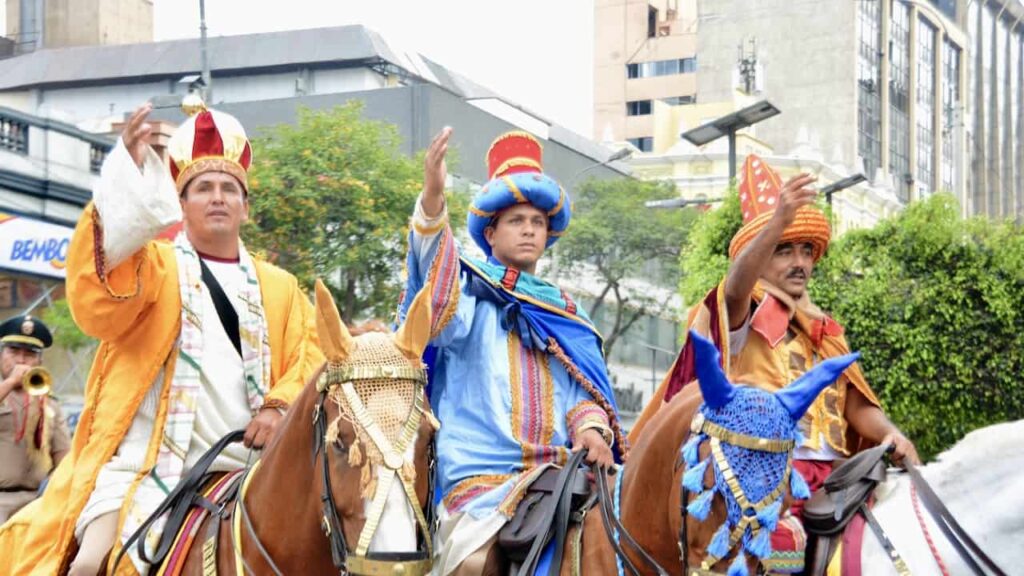
How are Los Reyes Magos Celebrated?
The celebration of Los Reyes Magos begins on January 5th, which is known as Noche de Reyes (Kings’ Night). On this night, children write letters to Los Reyes Magos asking for their desired gifts. They also leave some water and food for Los Reyes Magos and their camels near their shoes or stockings. Then, they go to bed early and wait for Los Reyes Magos to come during the night and leave their gifts.
On this night, there are also parades called cabalgatas (cavalcades) in many cities and towns across Spain. These parades feature floats with Los Reyes Magos and their entourage of helpers, animals, and characters from fairy tales or cartoons. The parades are accompanied by music, lights, and confetti. Los Reyes Magos throws candies and sweets to the children who watch them from the streets or balconies.
On January 6th, which is known as Día de Reyes (Kings’ Day), children wake up early and open their gifts from Los Reyes Magos. They also check if Los Reyes Magos ate their food and drank their water. Then they play with their new toys or share them with their friends. They also eat a special cake called roscón de reyes (kings’ cake). It is a round-shaped pastry with candied fruits and nuts on top. Inside the cake, there is a small figurine of a king or a baby Jesus, and a bean. Whoever finds the figurine gets to wear a crown and be the king or queen of the day. Whoever finds the bean has to pay for the cake.
Los Reyes Magos are one of the most traditional and beloved festivals to experience in Spain. They bring happiness and excitement to children and adults alike. They are also a way of remembering the story and the meaning of Christmas.
9. Semana Santa
Semana Santa is the Holy Week that precedes Easter in Spain. It is a religious festival where processions of floats depicting scenes from the Passion of Christ and the Virgin Mary are carried through the streets by members of brotherhoods and fraternities. The processions are very solemn and dramatic. Some participants wear hoods or masks to hide their identities. Some of the most famous processions take place in Seville, Malaga, Valladolid, and León.
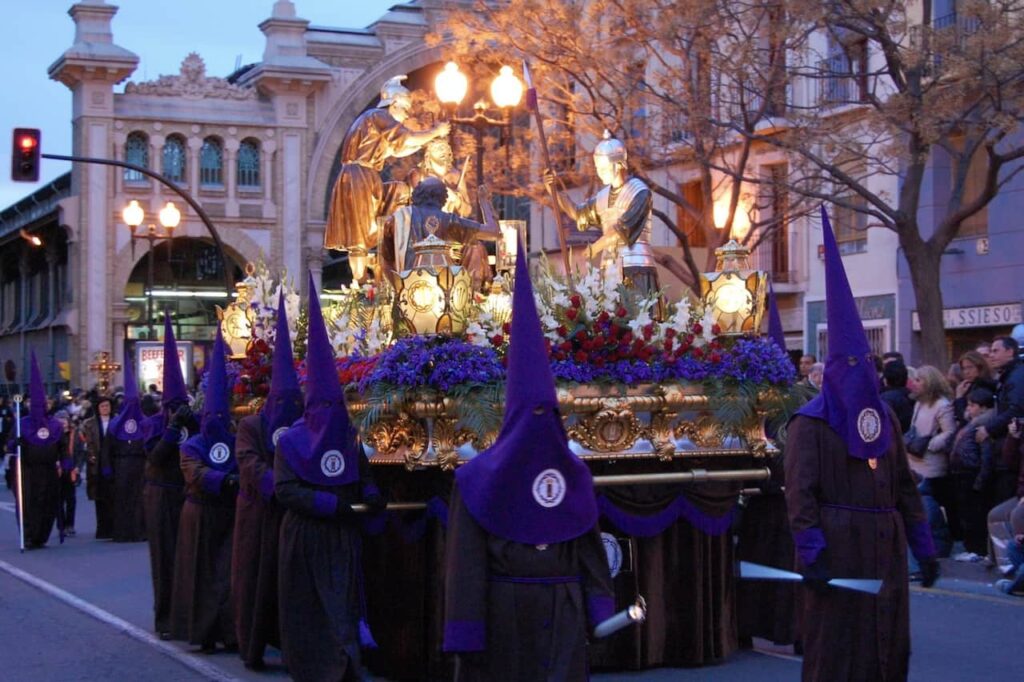
How Did Semana Santa Start?
The origin of Semana Santa dates back to the Middle Ages when religious images were used to teach people about Christianity. The processions were organized by different brotherhoods or cofradías. They are associations of devout Catholics who share a common devotion to a particular image or saint. The brotherhoods have their own rules, symbols, colors, and costumes. The floats or pasos are elaborate wooden structures that can weigh up to several tons. They are carried by groups of men called costaleros, who bear the weight on their shoulders or necks.
How to Participate in Semana Santa?
Semana Santa is open to anyone who wants to join. However, there are some rules and tips to follow:
- You need to respect the religious and cultural significance of the festival and follow the etiquette and protocol of the processions. You should not talk, laugh, or take pictures during the processions. Moreover, you should dress appropriately and modestly.
- You should watch or join the processions that take place on different days and times during the week. The processions usually start from a church or chapel and follow a specific route through the city. They are accompanied by bands that play solemn music or chants that express sorrow or repentance.
- You should admire and appreciate the art and history of the floats and the images. They reflect the devotion and tradition of Spain. You can also learn more about the stories and meanings behind each scene or character.
- You should enjoy the other aspects of the festival, such as the gastronomy, the atmosphere, or the emotions that it evokes.
Semana Santa is one of the most important and emotional festivals to experience in Spain. It reflects the deep religious faith and tradition of Spain. It is also a way of witnessing the artistic and historical heritage of Spain.
10. La Fiesta de Moros y Cristianos
La Fiesta de Moros y Cristianos is a historical reenactment festival that takes place in various towns and cities in Spain, especially in the Valencian Community and Murcia, every year. It is a several-day event that recreates the battles and encounters between the Moors (Muslims) and the Christians that occurred in Spain during the Middle Ages. The festival involves parades, dances, music, costumes, and mock fights. The festival is a tribute to the cultural and religious diversity and coexistence of Spain.
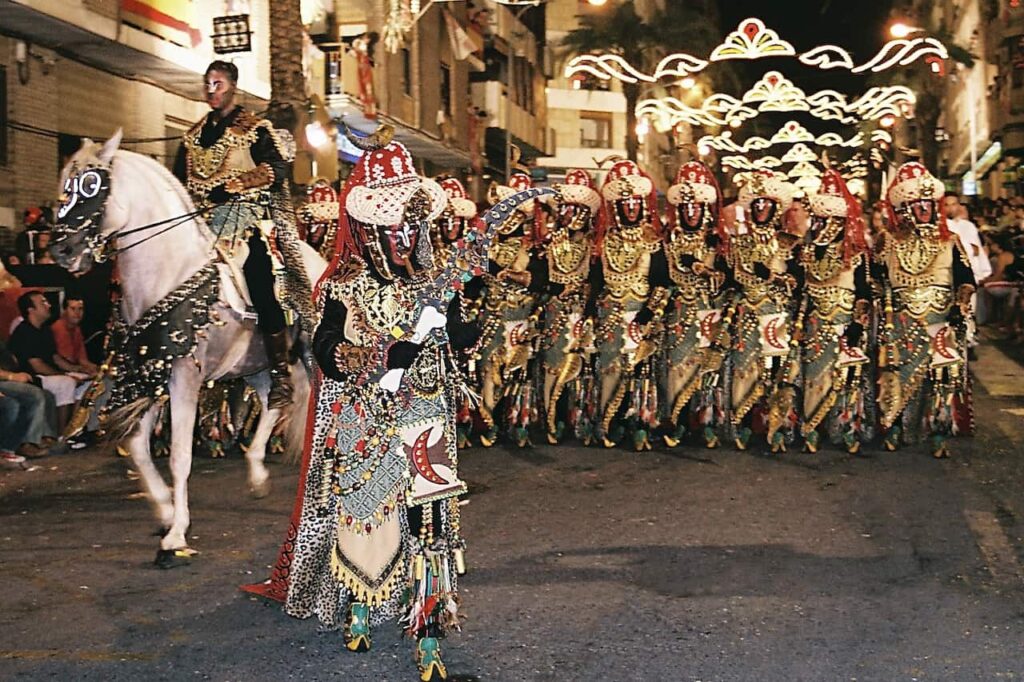
How Did La Fiesta de Moros y Cristianos Start?
The origin of La Fiesta de Moros y Cristianos is related to the Reconquista. It was the period of history when the Christian kingdoms gradually reconquered the territories that were occupied by the Muslim invaders since the 8th century. Initially, the festival was a way of celebrating the victories and commemorating the heroes of the Reconquista, such as El Cid or Jaime I. The festival was also influenced by other traditions and events. They are the Crusades, the Ottoman invasions, and the Corsair raids.
The festival was formalized and standardized in the 19th century when different associations or comparsas were created to represent each side of the conflict. The comparsas have their own rules, symbols, colors, and costumes. The costumes are usually inspired by historical or legendary figures, such as kings, knights, pirates, or sultans. The comparsas also have their own music and dances, which are performed by bands or groups.
How to Participate in La Fiesta de Moros y Cristianos?
La Fiesta de Moros y Cristianos is open to anyone who wants to join, but there are some rules and tips to follow:
- You need to choose which side you want to be on: the Moors or the Christians. Unimportantly, you can switch sides during the festival if you want.
- You can join or support a comparsa. It is an association or group that represents a faction or a character of the conflict. You can also create your own comparsa if you have enough members and resources.
- You need to wear a costume that matches your comparsa and your side. Also, you can wear accessories or weapons that complement your costume.
- You should join or watch the parades that take place in different streets and squares of the town or city. The parades are a colorful and lively spectacle where each comparsa shows off its costumes, music, and dances. The parades also include allegorical floats or scenes that depict historical or mythical events.
- You should enjoy the mock battles that take place in strategic locations or landmarks of the town or city. The mock battles are a dramatic and thrilling spectacle where each side tries to conquer or defend a territory or a symbol. The mock battles are usually accompanied by gunpowder, fireworks, or sound effects.
- You should enjoy the other activities of the festival, such as concerts, exhibitions, markets, or gastronomy.
La Fiesta de Moros y Cristianos is one of the most impressive and spectacular festivals to experience in Spain. It shows the history and culture of Spain. It is also a way of celebrating diversity and tolerance among different peoples and religions.
11. La Fiesta de las Cruces
La Fiesta de las Cruces is a cross festival that takes place in various towns and cities in Spain, especially in Andalusia, every May. It is a three-day event that involves decorating and displaying crosses made of flowers, plants, or other materials in different locations. The festival is a competition where the crosses are judged by a jury and awarded prizes according to their beauty, originality, and size. The festival is also a celebration of spring and joy, where people enjoy music, dancing, food, and wine around the crosses.
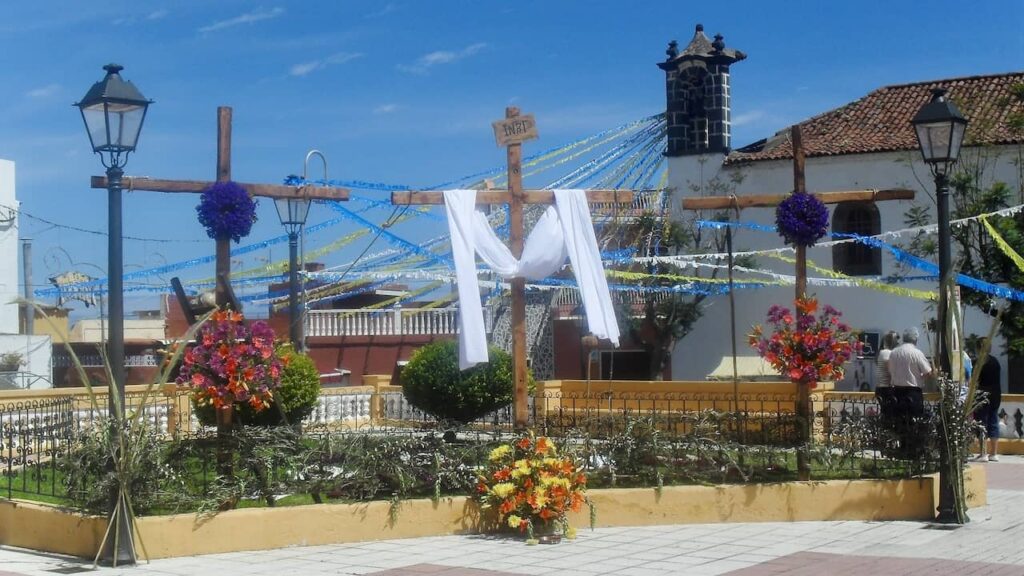
How Did La Fiesta de las Cruces Start?
The origin of La Fiesta de las Cruces is related to the legend of Saint Helena. She was the mother of Emperor Constantine and who found the true cross of Jesus Christ in Jerusalem in the 4th century. The legend says that she brought back a piece of the cross to Rome, where it was venerated by Christians. The festival was also influenced by other traditions and events. For instance, the May Day celebrations, the Moorish invasions, or the Christian reconquests.
The festival was established in the Middle Ages when people started to erect crosses in public places to mark their faith and territory. The festival was also a way of expressing gratitude and devotion to God for the blessings of nature and life. Later, the festival was embellished and enriched by adding flowers, plants, or other ornaments to the crosses.
How to Participate in La Fiesta de las Cruces?
La Fiesta de las Cruces is open to anyone who wants to join, but there are some rules and tips to follow:
- You need to make or buy your own cross or join an existing one. You can use wood, metal, plastic, or any other material. Furthermore, you can decorate your cross with flowers, plants, fabrics, ribbons, or any other object.
- You need to place your cross in a visible and accessible location, such as a street, a square, a garden, or a balcony. Also, you should add some chairs, tables, or umbrellas around your cross to create a cozy and inviting atmosphere.
- You need to register your cross in the contest and wait for the jury to evaluate it. The jury will consider aspects such as the size, shape, color, design, and originality of your cross. The jury will award prizes to the best crosses in different categories.
- You need to enjoy the party and the company of your friends and neighbors around your cross. You can also listen to music, dance flamenco, eat tapas, or drink sangria.
La Fiesta de las Cruces is one of the most colorful and cheerful festivals to experience in Spain. The festival shows the creativity and the faith of Spain. It is also a way of welcoming spring and celebrating life with others.
12. La Fiesta de las Flores
La Fiesta de las Flores is a flower festival that takes place in Girona, a city in northeastern Spain, every May. It is a ten-day event that involves decorating and displaying flowers, plants, and gardens in different locations. The festival is a competition where the floral arrangements are judged by a jury and awarded prizes according to their beauty, originality, and harmony. Moreover, the festival is a celebration of spring and art, where people enjoy music, dancing, food, and wine around the flowers.
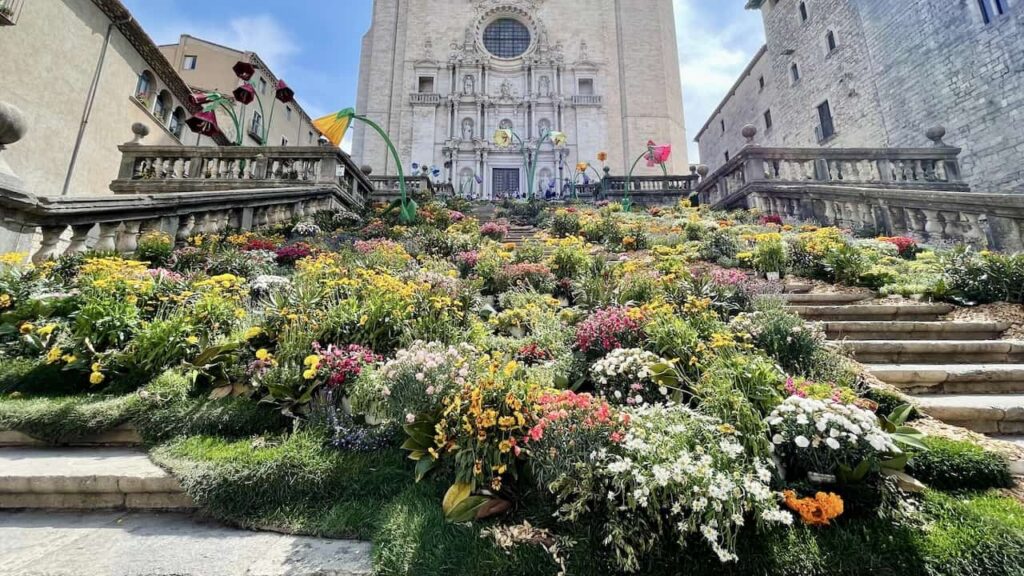
How Did La Fiesta de las Flores Start?
The origin of La Fiesta de las Flores dates back to 1954 when a group of local artists and florists decided to organize an exhibition of flowers and plants in the old town of Girona. The exhibition was a success and attracted many visitors and tourists. Later, the exhibition was repeated and expanded every year until it became a festival that involved the whole city and its monuments. The festival was also influenced by other traditions and events. For instance, the May Day celebrations, the International Flower Show, and the European Capital of Culture.
How to Participate in La Fiesta de las Flores?
La Fiesta de las Flores is open to anyone who wants to join, but there are some rules and tips to follow:
- You need to get a map or a guide that shows you the location and schedule of the floral arrangements that are participating in the festival. Or, you can download an app or visit a website that provides you with this information.
- You need to respect the owners and the visitors of the floral arrangements and follow their instructions and indications. You should not touch or damage anything in the floral arrangements. In addition, you should not make noise or disturb the peace.
- You need to admire and appreciate the beauty and diversity of the floral arrangements, which reflect the personality and taste of their creators. You can also learn more about the history and culture of Girona through the floral arrangements. They show influences from different civilizations and periods.
- You need to enjoy the other attractions of the festival. To illustrate, the concerts, workshops, exhibitions, or gastronomy that are offered in different venues and squares.
La Fiesta de las Flores is one of the most elegant and romantic festivals to experience in Spain, as it shows the creativity and the love of Girona. It is also a way of welcoming spring and enjoying art with others.
13. La Fiesta de Santa Eulalia
La Fiesta de Santa Eulalia is a winter festival that takes place in Barcelona, a city in northeastern Spain, every February. It is a four-day event that honors Saint Eulalia, the patron saint of Barcelona and of children. The festival is a celebration of light and fire, where people enjoy various activities such as parades, dances, concerts, workshops, and exhibitions. The festival is also known for its correfocs (fire runs), where people dressed as devils run through the streets with fireworks and sparklers.
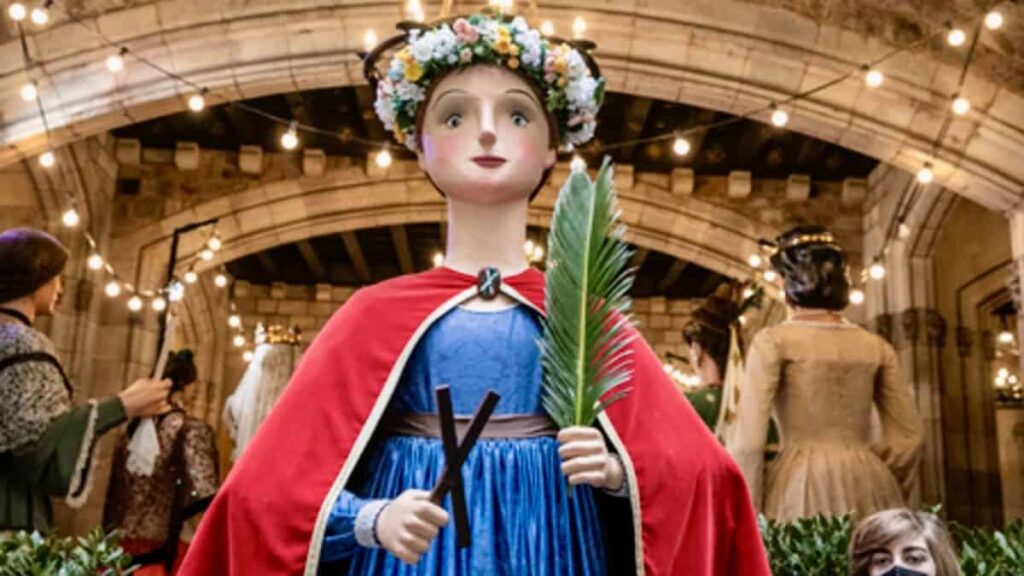
How Did La Fiesta de Santa Eulalia Start?
The origin of La Fiesta de Santa Eulalia dates back to the 4th century when Saint Eulalia was martyred for her faith in Barcelona. She was a young girl who refused to renounce Christianity. After that, she was tortured and killed by the Roman authorities. She was buried in a crypt under the cathedral of Barcelona, where her tomb can still be visited today. The festival was established in the Middle Ages when people started to venerate Saint Eulalia as a symbol of courage and innocence. The festival was also influenced by other traditions and cultures, such as Celtic, Gothic, or Arabic, that celebrated similar events around the same date.
How to Participate in La Fiesta de Santa Eulalia?
La Fiesta de Santa Eulalia is open to anyone who wants to join, but there are some rules and tips to follow:
- You need to dress warmly and wear comfortable shoes, as the festival takes place in winter and involves walking around the city.
- You need to visit the cathedral of Barcelona and see the tomb of Saint Eulalia. At the place, you can admire the stained glass windows and the cloister.
- You should watch or join the parades that feature giants, big heads, dragons, eagles, and other figures that represent the history and culture of Barcelona. Furthermore, you can see the dances that accompany them, such as the sardana (a circle dance) or the castellers (human towers).
- You should enjoy the correfocs, which are fire runs where people dressed as devils run through the streets with fireworks and sparklers. If you wear protective clothing and goggles, you can also participate in them. Just be careful and follow the instructions of the organizers!
- You should enjoy the other attractions of the festival, such as the concerts, workshops, exhibitions, or games that are offered in different venues and squares.
La Fiesta de Santa Eulalia is one of the most beautiful and festive festivals to experience in Spain. It shows the light and warmth of Barcelona. It is also a way of honoring the memory and legacy of Saint Eulalia.
14. La Batalla del Vino
La Batalla del Vino is a wine battle that takes place in Haro, a town in northern Spain, every June. It is a wet and wild event where thousands of people throw wine at each other using buckets, bottles, hoses, or any other device. The festival is a celebration of the wine culture and tradition of Haro, which is one of the most important wine-producing regions in Spain.
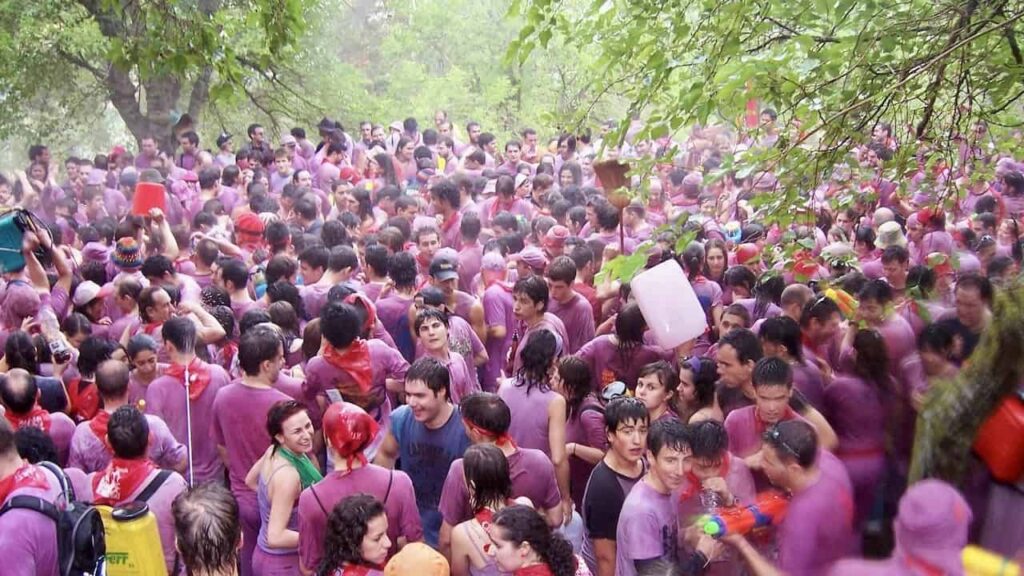
How Did La Batalla del Vino Start?
The origin of La Batalla del Vino is linked to a religious and historical dispute between Haro and its neighboring town of Miranda de Ebro. The dispute was over the ownership of some lands and vineyards that were located between the two towns. The dispute was settled by a royal decree in 1710, which stated that the lands belonged to Haro, but that the town had to mark its boundaries every year by placing a flag on a rock called Riscos de Bilibio. The flag had to be placed on June 29th, which is also the feast day of Saint Peter, the patron saint of Haro.
The festival began as a pilgrimage to the rock, where people would attend a mass and honor Saint Peter. The pilgrimage was also an occasion to enjoy the wine and the scenery of the area. The wine battle started as a playful and spontaneous activity among the pilgrims, who would splash each other with wine as a way of cooling off and having fun. The wine battle gradually became a tradition that was officially recognized in 1965.
How to Participate in La Batalla del Vino?
La Batalla del Vino is open to anyone who wants to join, but there are some rules and tips to follow:
- You need to wear white clothes that you don’t mind getting stained with red wine. Also, you can wear a red scarf or bandana around your neck or head.
- You need to bring your own wine or buy it from local vendors. Moreover, you can bring any device that can hold or spray wine, such as buckets, bottles, hoses, water guns, or backpacks.
- You should join the pilgrimage to the rock early in the morning, either by walking or by taking a bus or a truck. Also, you can attend the mass and see the flag ceremony if you wish.
- You need to start throwing wine at anyone and everyone once you reach the rock or even before. You can also receive wine from others and get soaked in it. The wine battle lasts for several hours until the wine runs out or people get tired.
- You should enjoy the rest of the festival activities. For example, eating, drinking, dancing, or watching the bull run that takes place in the afternoon.
La Batalla del Vino is one of the most fun and crazy festivals to experience in Spain, as it allows you to unleash your inner party animal and get drunk with wine and laughter. It is also a way of appreciating the quality and quantity of wine that Haro has to offer.
15. La Fiesta de los Patios
La Fiesta de los Patios is a flower festival that takes place in Cordoba, a city in southern Spain, every May. It is a two-week event where people open their patios or courtyards to the public and display their beautiful and colorful flowers and plants. The festival is a competition where the patios are judged by a jury and awarded prizes according to their beauty, originality, and conservation. The festival is a feast for the eyes and the senses, as the patios are decorated with pots, fountains, tiles, and ornaments.
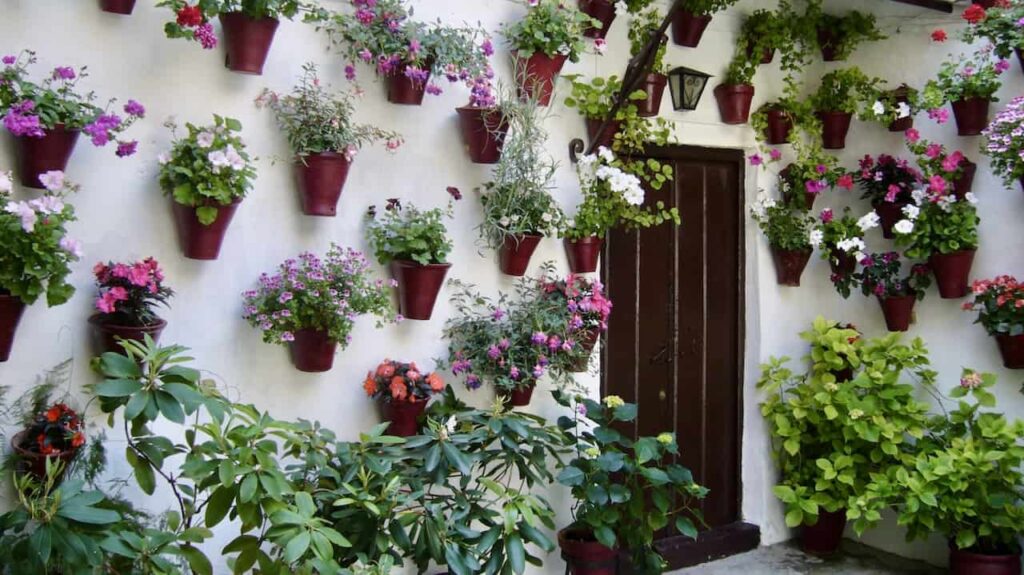
How Did La Fiesta de los Patios Start?
The origin of La Fiesta de los Patios dates back to the Roman and Moorish times when Cordoba was a flourishing city with a diverse and rich culture. The patios were an essential part of the architecture and lifestyle of the city, as they provided shade, freshness, and privacy in the hot and dry climate. The patios were also a place of socialization and leisure, where people gathered to chat, sing, or play. The festival was officially established in 1918 when the city council organized the first contest to promote and preserve the patios as a cultural heritage.
How to Participate in La Fiesta de los Patios?
La Fiesta de los Patios is open to anyone who wants to join, but there are some rules and tips to follow:
- You need to get a map or a guide that shows you the location and schedule of the patios that are participating in the festival. Besides that, you can download an app or visit a website that provides this information.
- It will be best if you respect the owners and the visitors of the patios, and follow their instructions and indications. You should not touch or damage anything on the patios, and you should not make noise or disturb the peace.
- You can admire and appreciate the beauty and diversity of the patios. They reflect the personality and taste of their owners. You can also learn more about the history and culture of Cordoba through the patios, as they show influences from different civilizations and periods.
- You should enjoy the other attractions of the festival. For example, the music, dancing, food, and wine that are offered in some of the patios or nearby venues. You can also visit other monuments and landmarks of Cordoba, such as the mosque-cathedral, the Jewish quarter, or the Roman bridge.
La Fiesta de los Patios is one of the most charming and delightful festivals to experience in Spain, as it reveals the hidden treasures and secrets of Cordoba. It is also a way of discovering the art and passion of gardening and flower arranging.
16. El Colacho
El Colacho is a baby-jumping festival that takes place in Castrillo de Murcia, a small village near Burgos, every June. It is a bizarre and ancient ritual where men dressed as devils jump over babies who are laid on mattresses in the street. The festival is meant to cleanse the babies from their original sin and protect them from evil spirits.
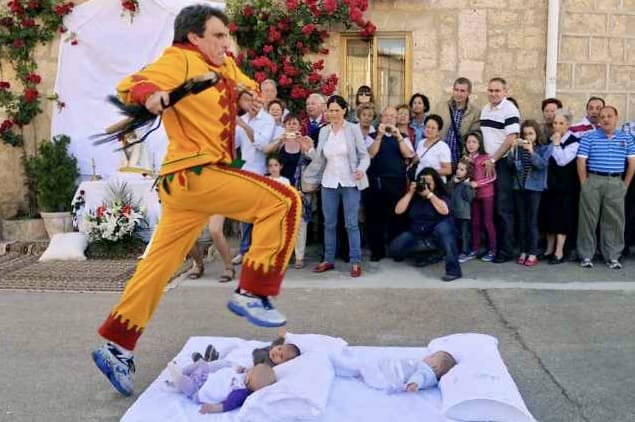
How Did El Colacho Start?
The origin of El Colacho is unknown, but it is believed to date back to the 17th century. In fact, it is part of a larger celebration called Corpus Christi, which is a Catholic feast that honors the body and blood of Christ. The festival involves other activities such as processions, dances, music, and games. The festival is unique to Castrillo de Murcia and has no relation to any other tradition or religion.
How to Participate in El Colacho?
El Colacho is open to anyone who wants to join, but there are some rules and tips to follow:
- If you want your baby to be part of the festival, you need to register them in advance and pay a fee. The babies must be less than one year old and born within the previous 12 months.
- You need to dress your baby in white clothes and place them on a mattress along with other babies in the main street of the village. Make sure you stay close to your baby and watch them carefully.
- You need to let the men dressed as devils jump over your baby without interfering or stopping them. The men are called colachos, and they wear yellow and red costumes with masks and whips. They run along the street and leap over each mattress with agility and skill.
- You need to trust that your baby will be safe and blessed by this ritual, which is supposed to ward off evil influences and bring good luck. You can also take your baby to a nearby church where they will be sprinkled with rose petals and holy water.
El Colacho is one of the most strange and fascinating festivals to experience in Spain, as it challenges your beliefs and expectations. It is also a way of witnessing a centuries-old tradition that has survived and evolved over time.
17. La Endiablada
La Endiablada is a devilish festival that takes place in Almonacid del Marquesado, a village in central Spain, every February. It is a two-day event that honors the Virgen de la Candelaria and San Blas, the patron saints of the village. The festival is a noisy and chaotic spectacle where people dress up as devils and make a lot of noise with bells, drums, horns, and whistles. The festival is a tradition that mixes pagan and Christian elements, and represents the struggle between good and evil.
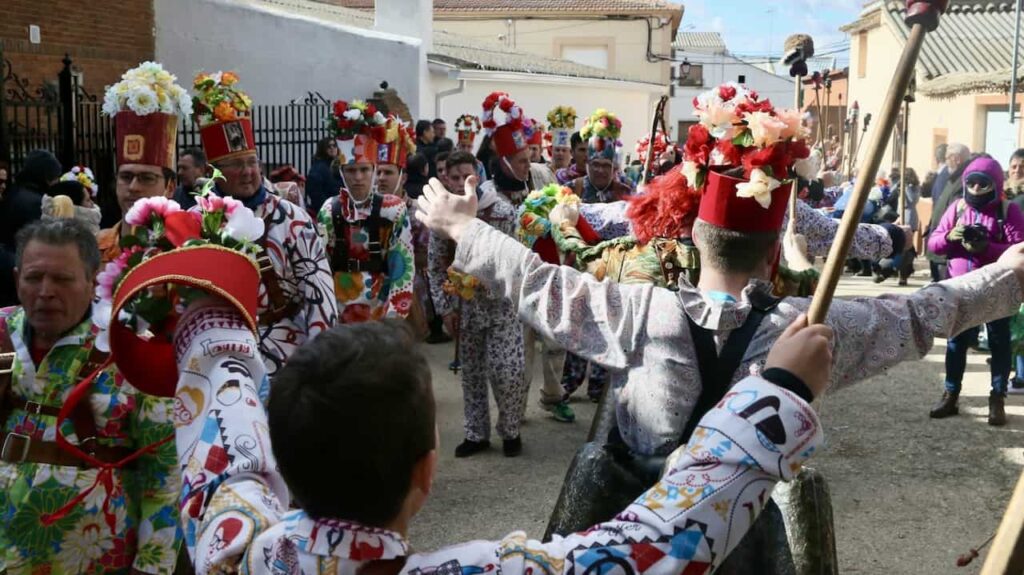
How Did La Endiablada Start?
The origin of La Endiablada is unknown, but it is believed to date back to the 14th or 15th century. It is possible that it was inspired by ancient rituals that involved masked dances and animal sacrifices to appease the gods or the spirits. Additionally, it is possible that it was a form of resistance or mockery against the Christianization or the Inquisition, where people disguised themselves as devils to avoid persecution or censorship. The festival was preserved and passed down by generations of villagers, who adapted it to their own beliefs and customs.
How to Participate in La Endiablada?
La Endiablada is open to anyone who wants to join, but there are some rules and tips to follow:
- You need to dress up as a devil, which means wearing a colorful costume with a mask, a wig, a tail, and horns. Also, you need to wear bells around your waist, ankles, and wrists, which can weigh up to 30 kilograms.
- You should join the procession that starts from the church and goes around the village. You need to make as much noise as possible with your bells, drums, horns, and whistles, while dancing and jumping along the way. Alongside, you need to follow the rhythm and the commands of the leader of the devils, who wears a black costume and a bigger bell.
- You need to respect the saints and their images, which are carried by other villagers in the procession. You should not touch or harm them, but only tease or scare them. Also, you should kneel down and bow when they pass by you.
- You need to enjoy the other activities of the festival, such as eating, drinking, singing, or playing games with other devils or villagers.
La Endiablada is one of the most curious and eccentric festivals to experience in Spain, as it shows the contrast and harmony between the sacred and the profane. It is also a way of expressing yourself and having fun with others in a unique way.
18. La Fiesta de los Enharinados
La Fiesta de los Enharinados is a flour and egg battle that takes place in Ibi, a town in eastern Spain, every December. It is a one-day event that involves two groups of people: the enharinados (the floured ones) and the oposición (the opposition). The enharinados are a group of 14 men who dress up in military uniforms and pretend to be the rulers of the town for a day. The oposición are the rest of the townspeople who try to resist their authority. The battle is a hilarious and messy spectacle where both sides throw flour, eggs, firecrackers, and other objects at each other.
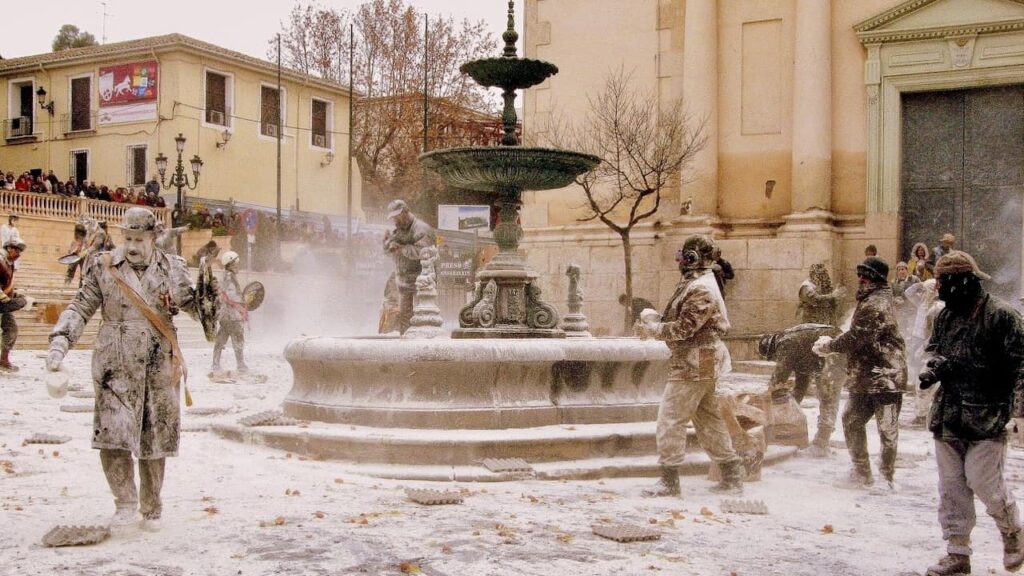
How Did La Fiesta de los Enharinados Start?
The origin of La Fiesta de los Enharinados is uncertain, but it is believed to date back to the 19th century. It is possible that it was inspired by ancient Roman festivals that involved mock battles and role reversals. It is also possible that it was a form of entertainment or protest against the political or social situation of the time. The festival was interrupted by the Spanish Civil War and the Franco dictatorship but was resumed in 1981.
How to Participate in La Fiesta de los Enharinados?
La Fiesta de los Enharinados is open to anyone who wants to join, but there are some rules and tips to follow:
- You need to choose which side you want to be on: the enharinados or the oposición. Yet, you can switch sides during the battle if you want.
- You need to wear old clothes that you don’t mind getting dirty or torn. Besides that, you can wear goggles or sunglasses to protect your eyes from the flour and eggs.
- You need to bring your own flour, eggs, firecrackers, or any other object that you want to throw or use as a weapon. Also, you can buy them from local vendors or collect them from the ground.
- You should follow the orders and decisions of the enharinados, who act as the judges and arbiters of the battle. They can impose fines, taxes, or punishments on anyone who disobeys them or breaks their rules. They can also grant pardons, rewards, or privileges to anyone who pleases them or supports them.
- You should enjoy the fun and chaos of the battle, which lasts for several hours until the enharinados surrender or are defeated by the oposición.
La Fiesta de los Enharinados is one of the most absurd and hilarious festivals to experience in Spain, as it shows the creativity and the sense of humor of Ibi. It is also a way of releasing stress and tension in a playful and harmless way.
19. La Fiesta de Santa Águeda
La Fiesta de Santa Águeda is a women’s festival that takes place in various towns and villages in Spain, especially in the Basque Country, every February. It is a one-day event that honors Saint Agatha, the patron saint of women and breast cancer survivors. The festival is a celebration of female empowerment and solidarity, where women take over the streets and the roles of men. La Fiesta de Santa Águeda involves singing, dancing, marching, and hitting men with wooden sticks.
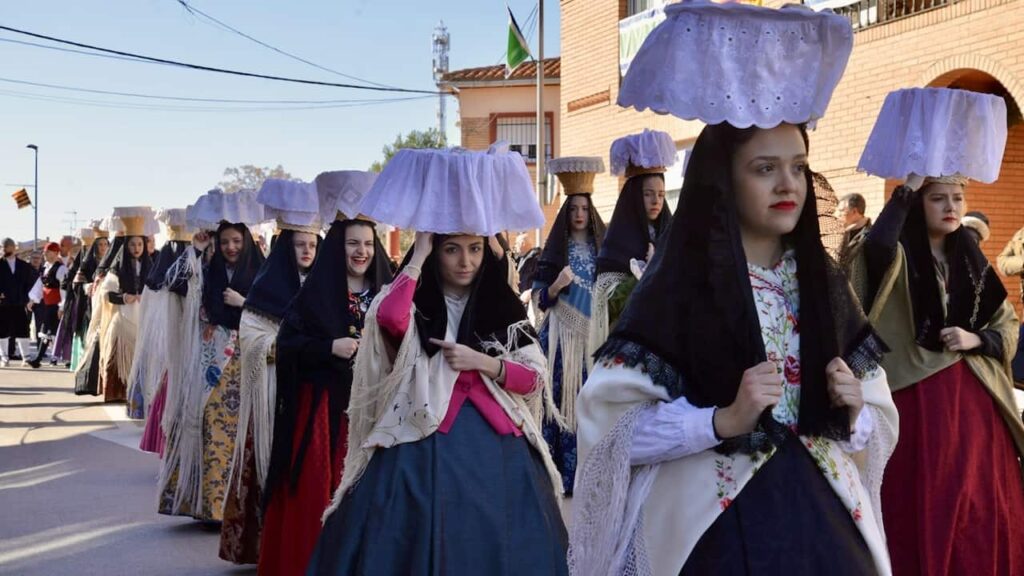
How Did La Fiesta de Santa Águeda Start?
The origin of La Fiesta de Santa Águeda is related to the legend of Saint Agatha. She was a young Christian woman who lived in Sicily in the 3rd century. Agatha was persecuted and tortured by the Roman governor for refusing to marry him and renounce her faith. She had her breasts cut off as one of the punishments. Nevertheless, she survived and continued to preach Christianity. She died as a martyr and became a symbol of courage and resistance.
La Fiesta de Santa Águeda was established in the Middle Ages when women started to honor Saint Agatha by singing songs and prayers to her on her feast day. The festival was also a way of expressing their grievances and demands to the authorities and the society, who often ignored or oppressed them. The festival was later enriched and diversified by adding other elements and activities, such as dancing, marching, or hitting men with wooden sticks.
How to Participate in La Fiesta de Santa Águeda?
La Fiesta de Santa Águeda is open to anyone who wants to join, but there are some rules and tips to follow:
- You need to dress up in traditional Basque costumes. To illustrate, skirts, aprons, blouses, scarves, and berets for women, and pants, shirts, vests, sashes, and caps for men.
- You should join or form a group of women who sing songs dedicated to Saint Agatha or to women’s issues. Furthermore, you can play instruments such as tambourines, drums, or txalapartas (wooden xylophones).
- You need to march through the streets of your town or village, stopping at different houses or buildings where you ask for donations or permission to sing. Also, you can hit men with wooden sticks if they refuse or annoy you.
- You need to enjoy the party and the company of your friends and sisters around a bonfire or a table. You can also eat, drink, dance, or play games with other women or men.
La Fiesta de Santa Águeda is one of the most empowering and inspiring festivals to experience in Spain, as it shows the strength and the voice of women. It is also a way of honoring the memory and the legacy of Saint Agatha.
20. La Tamborrada
La Tamborrada is a drum festival that takes place in San Sebastián every January. It is a 24-hour celebration where people of all ages parade through the streets, banging drums and dressing up in costumes. The festival commemorates the city’s liberation from Napoleon’s troops in 1813.
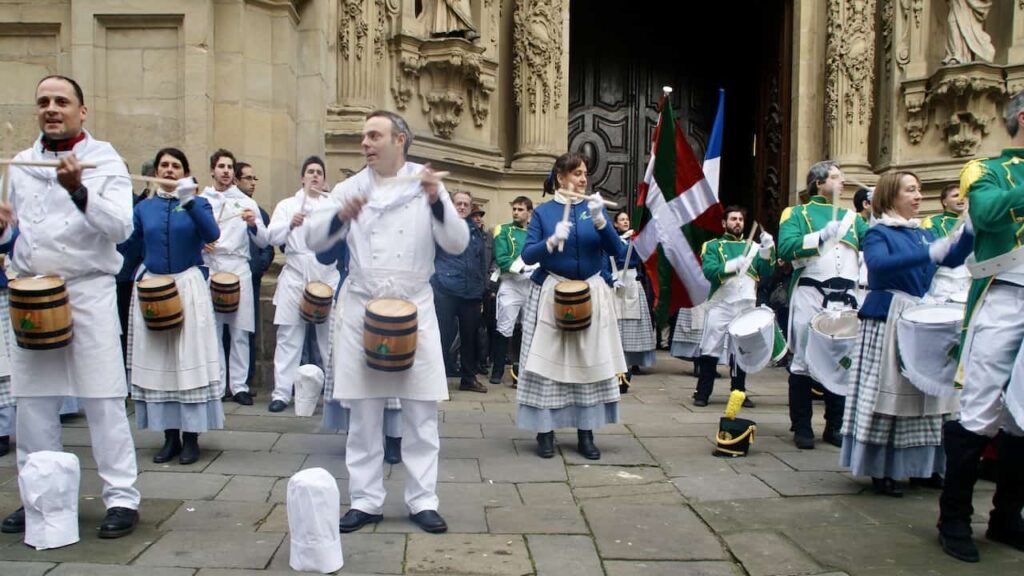
How Did La Tamborrada Start?
The origin of La Tamborrada is unclear, but there are several theories and legends. One of them says that it started in the 19th century when the French soldiers who occupied San Sebastián used to play drums and march in the streets to annoy the locals. The locals responded by mocking them and imitating them with barrels and spoons. Another one says that it was a tribute to the water carriers who supplied water to the city from the wells and fountains. They used to carry drums to announce their arrival and to communicate with each other.
How to Participate in La Tamborrada?
La Tamborrada is open to anyone who wants to join, but there are some rules and tips to follow:
- You should join or form a drum company, which is a group of people who play drums and wear uniforms. The drum companies are divided into different categories, such as military, gastronomic, or historical. Each company has its own drum leader, flag bearer, and music.
- You need to start playing your drum at midnight on January 19th, when the mayor raises the flag of San Sebastián in the Plaza de la Constitución. Then, you need to follow your drum company’s route through the city, stopping at different squares or landmarks where you play your drum songs.
- You need to stop playing your drum at midnight on January 20th, when the flag is lowered and the festival ends. You can also attend the closing ceremony, where all the drum companies gather in the Plaza de la Constitución and play a final song together.
La Tamborrada is one of the most popular and fun festivals to experience in Spain, as it showcases the pride and joy of the people of San Sebastián. It is also a great opportunity to enjoy the gastronomy and nightlife of this beautiful city.
Experience the Best of Spain’s Festivals
We hope you enjoyed reading this article and learned more about the best festivals to experience in Spain. These festivals are not only fun and exciting but also meaningful and educational. They reflect the rich and diverse culture of Spain, and its history, traditions, and values. By visiting and experiencing these festivals, you will get a deeper understanding of Spain and its people and also have a memorable time.
If you liked this article, please share it with your friends and family who might be interested in visiting or experiencing these festivals in Spain. Also, feel free to leave a comment below and tell us which festival is your favorite or if you have any other suggestions or questions. And don’t forget to check out our website or follow us on social media for more articles like this one.
The Broad Life introduces to you great, inspirational books for your wanderlust. They aren’t just simple travel, each book recounts the author’s journey to discover and learn many awesome things from new civilizations and places.
> READ MORE: THE BEST TRAVEL BOOKS OF ALL TIME
Hey, I Have Travel Planning Resources Here to Help You Easily Plan Your TripEssential Items
Don't forget to bring the Travel Medicines, as well as your necessary Travel Kit. If Your Next Destination Requires a Visa
IVISA will help you with their speed, simple, and secured services with just a minimal chance of being rejected.
Find Your Flight and Transportation to The Destinations
You can read my travel tips to Find Cheap Flights.
You can also use 12Go to book buses, trains, ferries, or any transportation to places.
Book An Accommodation
I mostly use Booking.com to find a place for my trip. Sometimes I try to Get Free Credits on Airbnb to book homestays. Driving Yourself Will be More Enjoyable
You can easily compare prices and find great deals on Discover Cars.
Protect Yourself and Your Trip
Travel Insurance is Important, especially after COVID-19, there are more possible health issues and pandemics. Please don't forget to have a shield for yourself and your trips!
“PIN IT” NOW TO SAVE YOUR LIST OF THE BEST FESTIVALS IN SPAIN TO EXPERIENCE NEXT TIME!
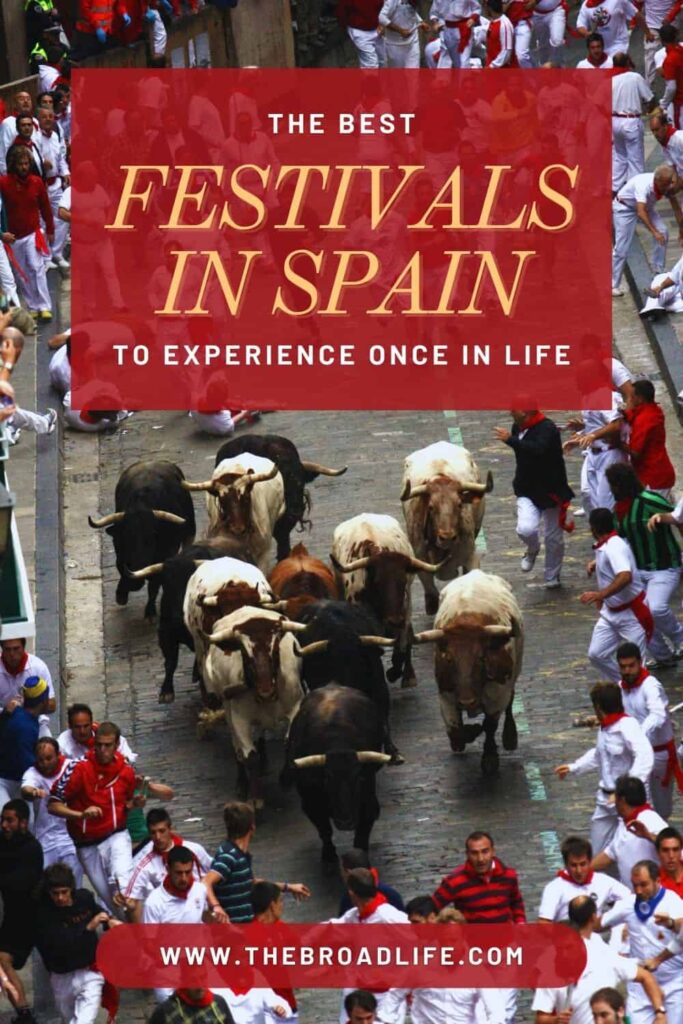

17 Comments
-
LisaLisa
Wow EVERYTHING is so COLORFUL and look like a LOT of fun. I doN’t KNOW about the bull run though! Lol
-
Sienna
I’ve always wanted to check out the tomato one and there are some many amazing festivals I’ve never heard of! Need to book a ticket to Spain Pronto!
-
knycx.journeying
Wow thanks a lot for this comprehensive and useful list – La Tomatina is of course the top of the list and also I am looking forward to Las Fallas de Valencia
-
Ntensibe Edgar
Nnniiiccceeee…i know for a fact i would have a blast at the la tomatina! Those little red beauties are so much joy crushing or cutting.
-
Ramil Hinolan
My favorite is the san fermin festival. When I think of Spain, I always remember the bull running.
-
Bruce Schinkel
WOW, what a great list of events in SPain! I especially love that you’ve included helpsul tips for how to participate in these events … that’ll be extremely helpful on my next trip.
-
Aimee AMALA
Wow some really interesting festivals! I did not know all this about spain. Las Fallas de Valencia sounds amazing. Thanks for sharing.
-
Brian
I’ve seen some of these on Travel with rick steves. ANd i was lucky enough to experience carnival in tenerife this year.
-
Sonia Seivwright
I’m excited to read this. Take me to Spain now! Now I see why everyone always visits Spain.
-
Elise Ho
ThThere certainly seems like a lot of really wonderful things to do. My first step is actually to get to Spain.
-
Grasyah [Of Coffee and Crackers]
SPain is such a wonderful place! How I’d love to visit someday.. SO many varieties of activities and so may to explore. SO colorful too!
-
Fransic verso
Interesting, I know some of these but would love to attend more Spanish festivals and experience them in real life.
-
Jennifer Prince
San Fermín is a big nope from me. The bulls are killed at the end, which is such a sad thing to participate in, even if folks just do the run. Although the tomato one seems so fun!


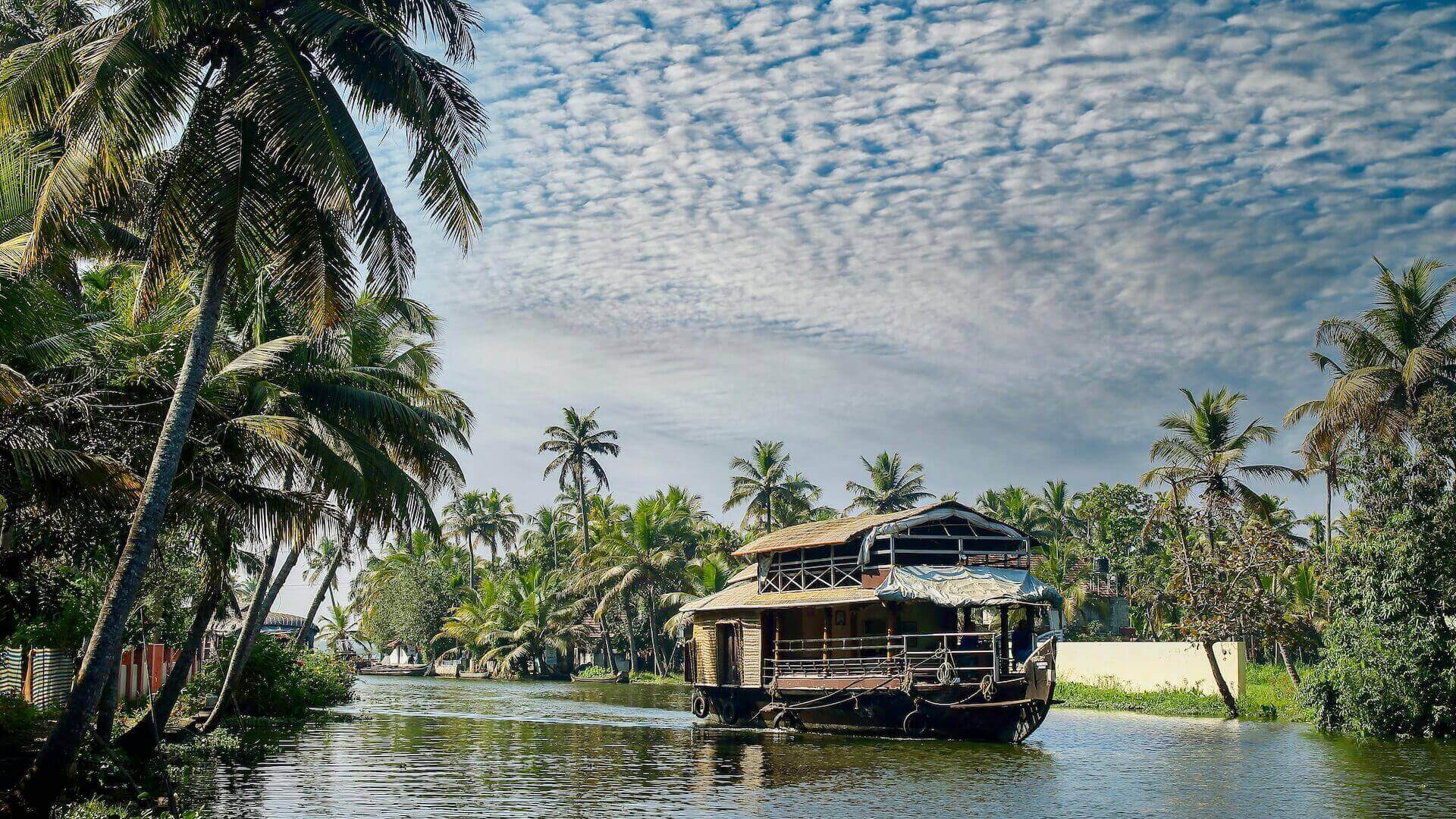
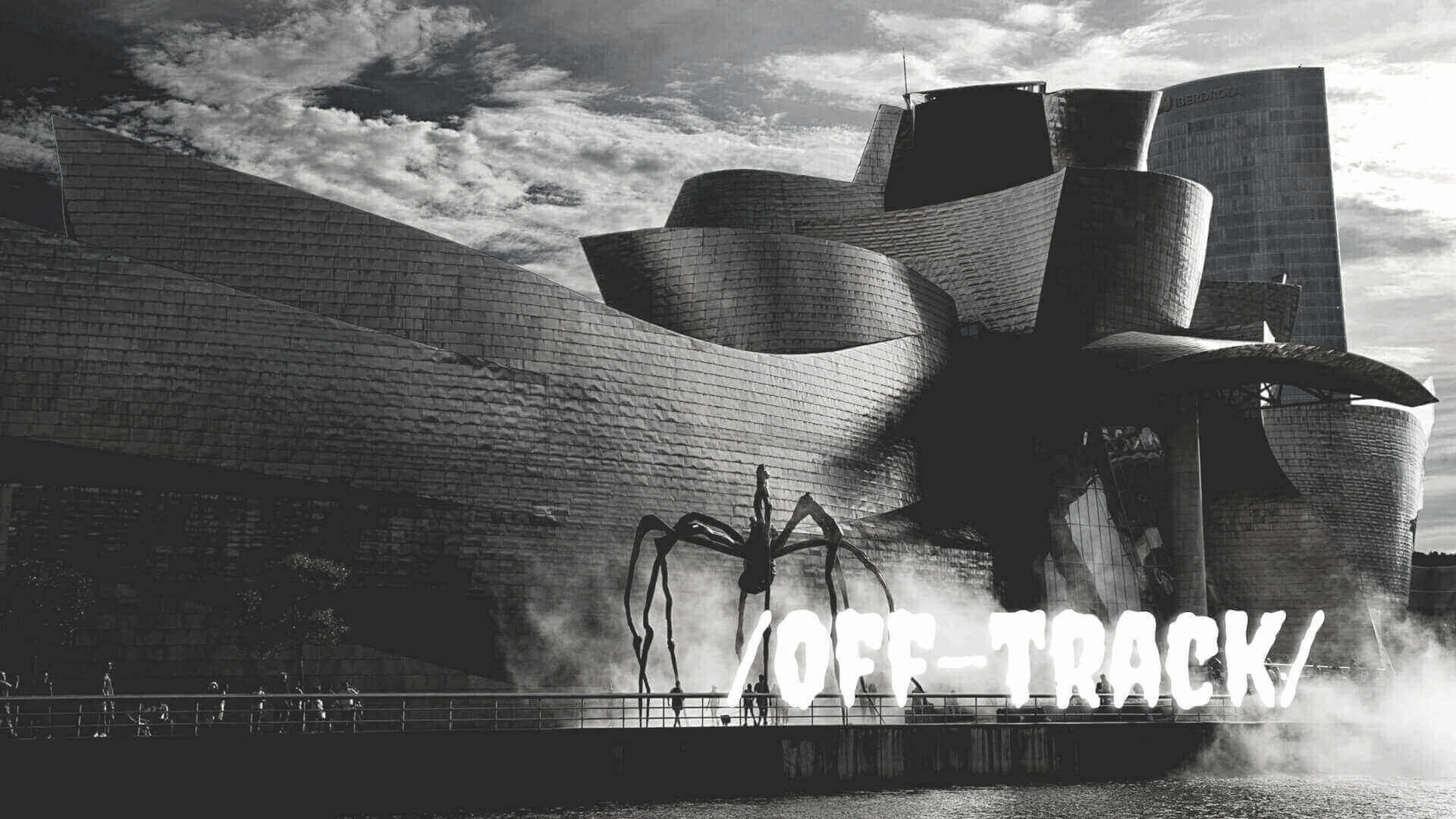
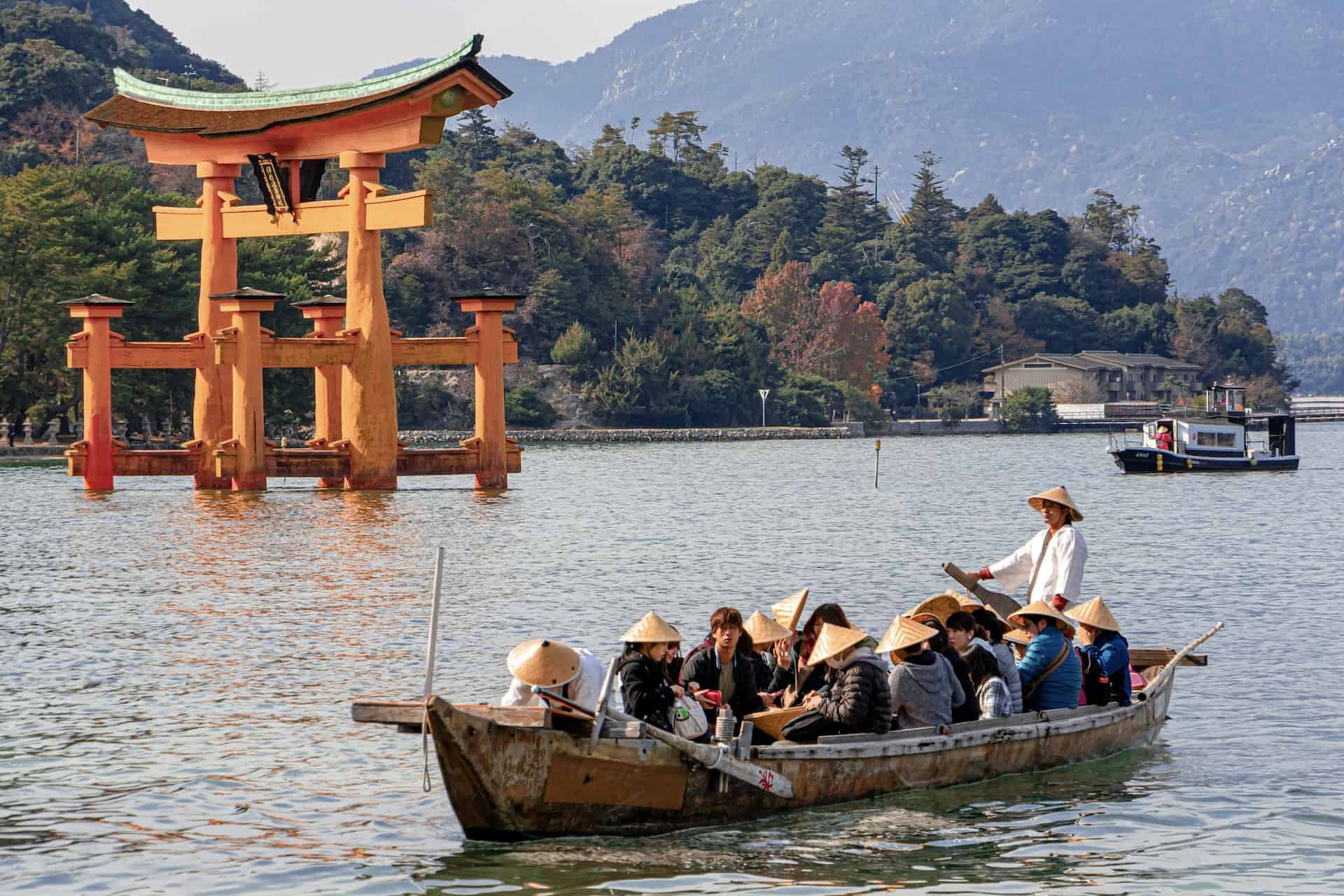
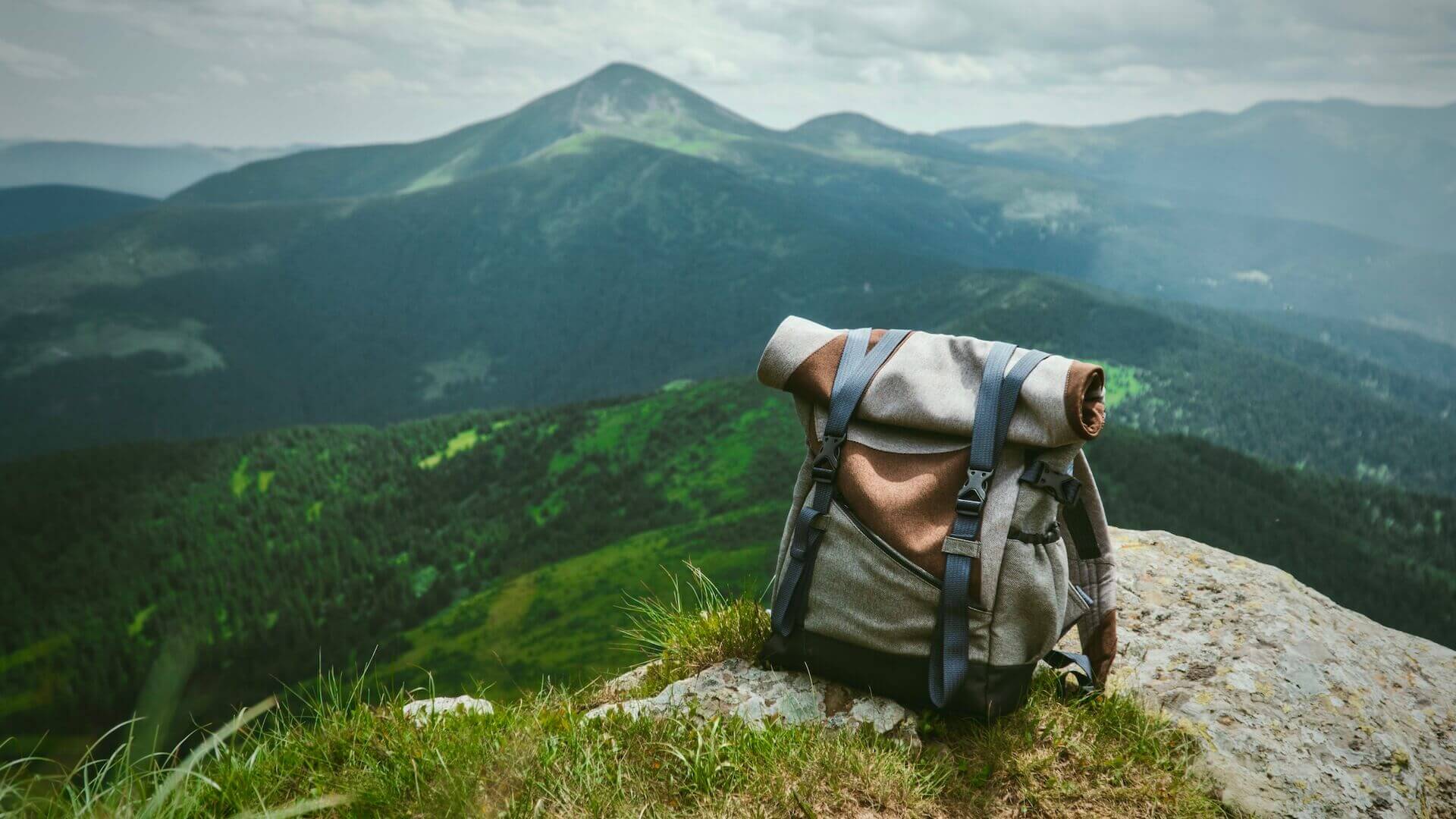
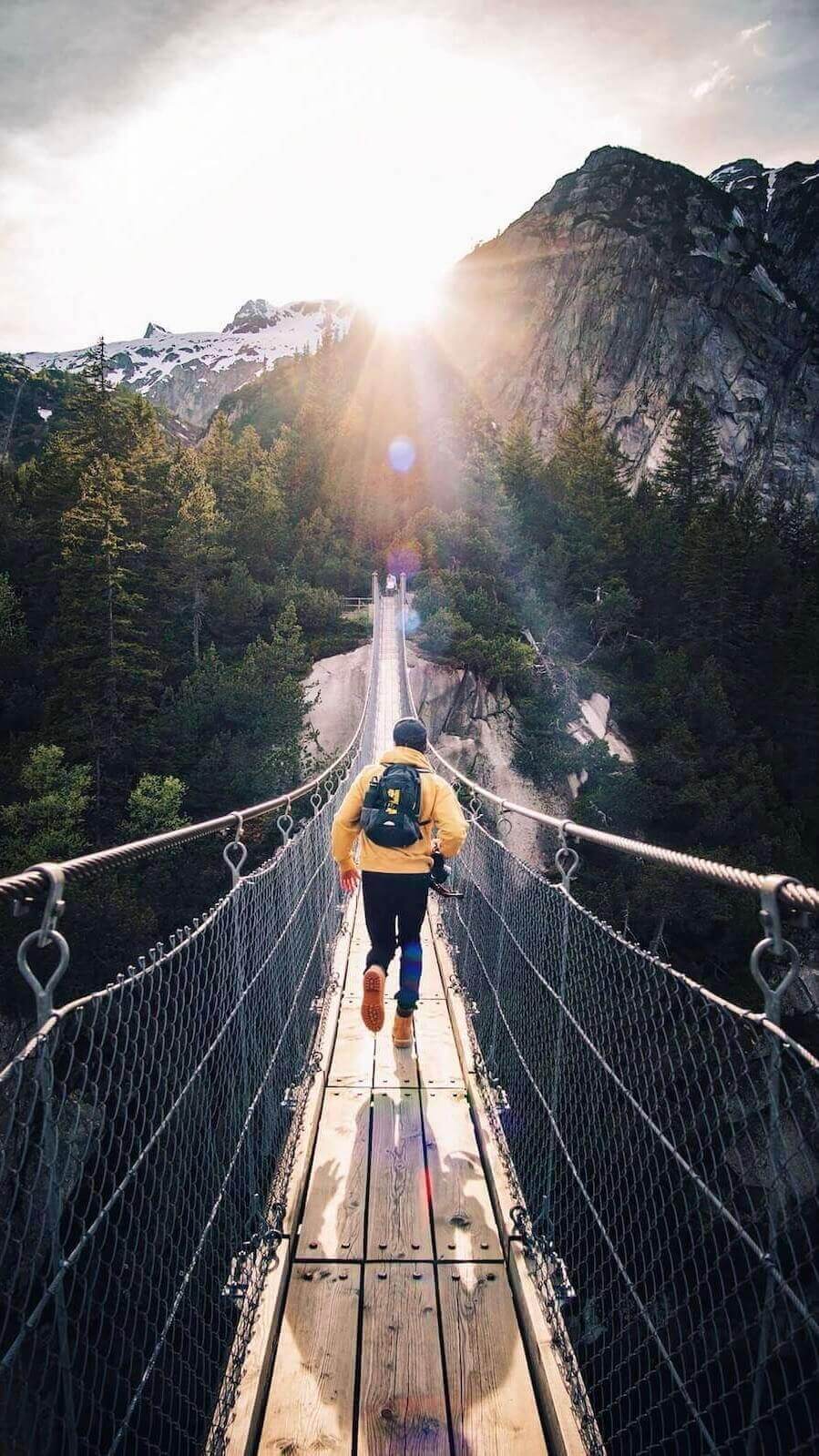
Stephanie
Such colorful and fun sounding festivals in Spain. Would like to experience some of these one of these days.